As someone who’s been knee-deep in the world of thermoplastic elastomers (TPEs) for over a decade, I’ve seen these versatile materials transform products across industries, from grippy phone cases to durable automotive seals. TPEs are a go-to choice when you need the stretch and bounce of rubber but the ease of processing like plastic. But not all TPEs are created equal—there are several distinct types, each with its own strengths and quirks. If you’re trying to figure out which TPE is right for your project, or just curious about what’s out there, I’m here to break it down for you. Let’s explore the main types of TPE materials, their properties, and how they’re used, drawing on my years of hands-on experience.
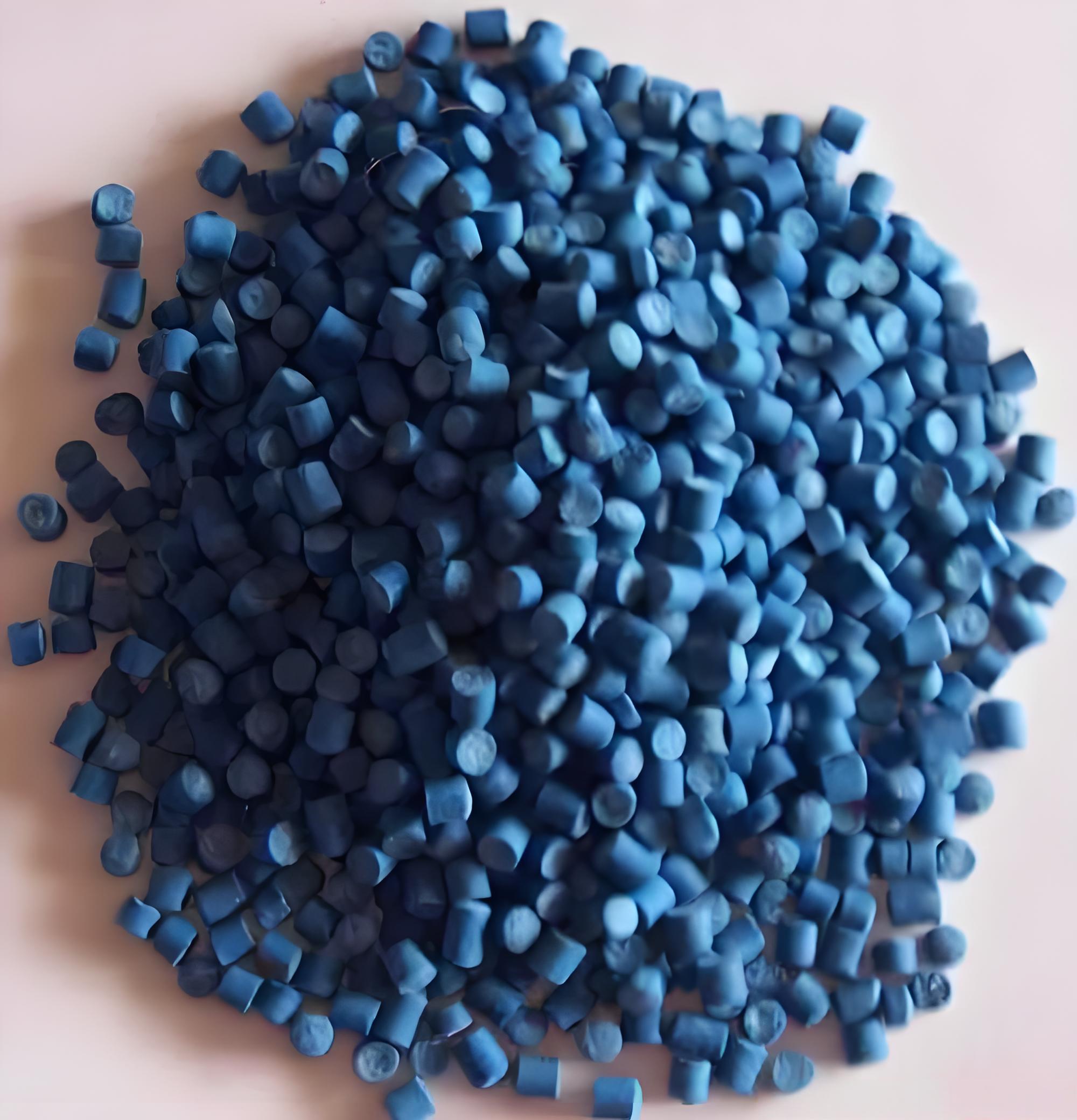
Why Understanding TPE Types Matters
TPEs are a broad family of materials, and choosing the right one can make or break your product. Whether you’re designing a medical device, an automotive component, or a consumer gadget, the type of TPE you pick affects everything from performance to cost. I’ve worked on projects where selecting the wrong TPE led to issues like poor adhesion or premature wear, so I know how critical it is to match the material to the application. By the end of this article, you’ll have a clear picture of the different TPE types and how to choose the best one for your needs.
The Six Main Types of TPE Materials
TPEs are generally classified into six major categories, each defined by its chemical makeup and performance characteristics. These are Styrenic Block Copolymers (SBCs), Thermoplastic Polyolefins (TPOs), Thermoplastic Vulcanizates (TPVs), Thermoplastic Polyurethanes (TPUs), Thermoplastic Copolyesters (TPCs), and Thermoplastic Polyamides (TPAs). Let’s dive into each one, with insights from my time working with these materials.
1. Styrenic Block Copolymers (SBCs)
SBCs, often referred to as TPE-S, are the most common TPEs, thanks to their versatility and affordability. They’re based on styrene block copolymers like styrene-butadiene-styrene (SBS) or styrene-ethylene-butylene-styrene (SEBS). These materials are soft, flexible, and easy to process, making them a favorite for consumer goods.
Key Properties:
Softness range: Shore 00 10 to Shore A 90.
Excellent elasticity and flexibility at room temperature.
Good adhesion to polyolefins like polypropylene.
Cost-effective compared to other TPEs.
Limited heat resistance (typically up to 80–100°C).
Applications: Phone cases, tool grips, toothbrush handles, and soft-touch overmolding.
My Experience: I once used an SEBS-based TPE for a sports equipment grip. It was soft and grippy, but we had to add UV stabilizers for outdoor use, as SBCs can degrade under sunlight. Switching to a stabilized grade extended the product’s life significantly.
Pros: Affordable, easy to color, and widely available.
Cons: Poor heat and chemical resistance compared to other TPEs.
2. Thermoplastic Polyolefins (TPOs)
TPOs are blends of polypropylene (PP) and an elastomeric phase, often ethylene-propylene rubber (EPR). They’re known for their toughness and weather resistance, making them a staple in automotive and outdoor applications.
Key Properties:
Good impact resistance, even at low temperatures.
Excellent UV and weather resistance.
Moderate elasticity compared to SBCs.
Temperature range: -40°C to 120°C.
Limited adhesion to non-polyolefin substrates.
Applications: Automotive bumpers, exterior trim, roofing membranes, and wire insulation.
My Experience: I worked on a TPO-based automotive seal that needed to withstand harsh winters. The material held up beautifully at -30°C, but we had to tweak the formulation to improve adhesion to a metal insert.
Pros: Durable, weather-resistant, and recyclable.
Cons: Less flexible than SBCs and trickier to overmold onto non-polyolefins.
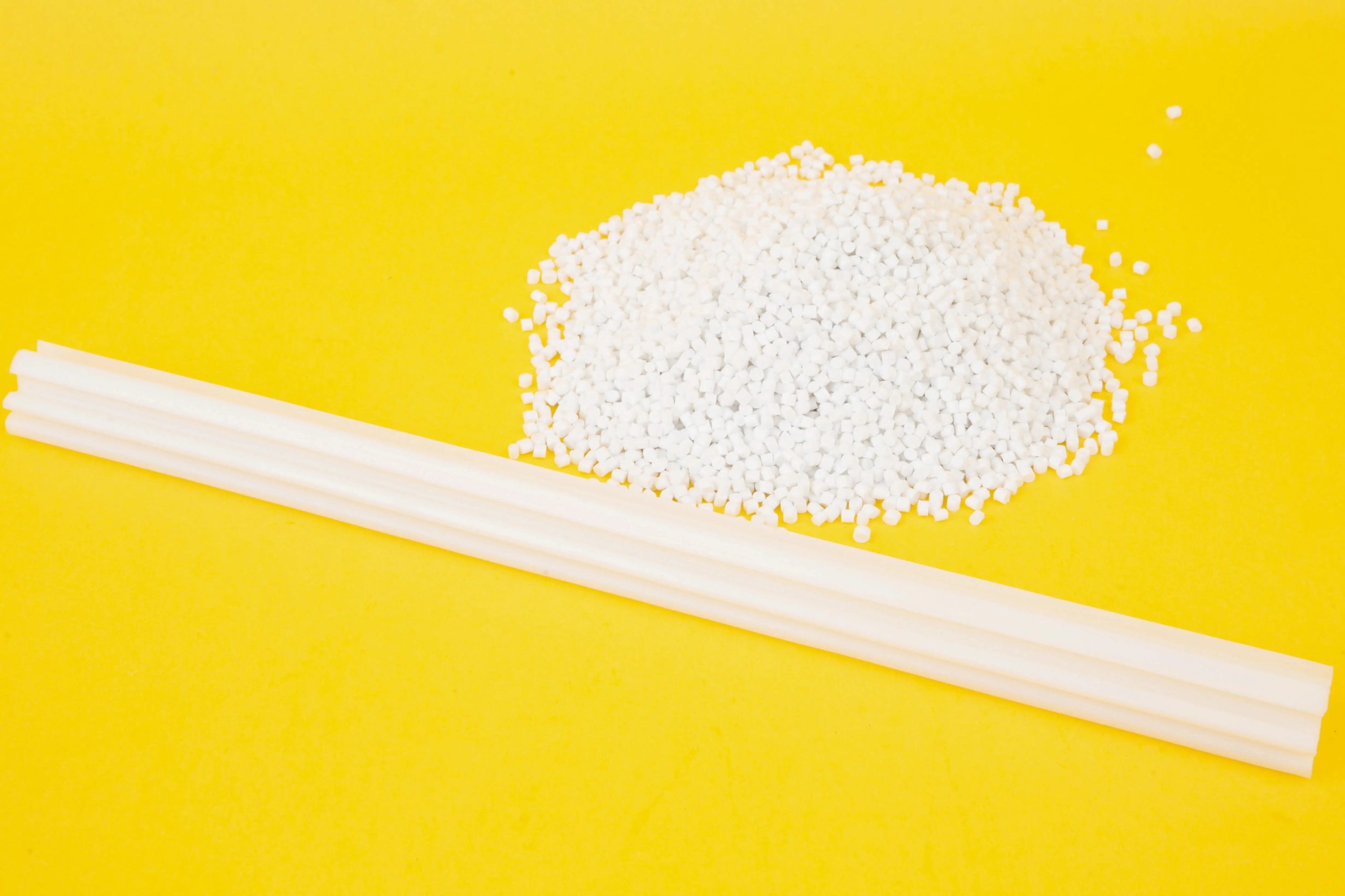
3. Thermoplastic Vulcanizates (TPVs)
TPVs are a step up from TPOs, combining polypropylene with cross-linked rubber (usually EPDM). The cross-linking gives TPVs superior elasticity and heat resistance, making them feel more like thermoset rubber.
Key Properties:
Excellent heat resistance (up to 135°C).
Superior chemical resistance to oils and solvents.
High elasticity and compression set resistance.
Good adhesion to polyolefins.
Applications: Automotive seals, gaskets, medical tubing, and industrial hoses.
My Experience: I recommended a TPV for a medical device seal that needed to endure repeated sterilization cycles at 120°C. It outperformed a standard TPE-S, maintaining its shape and seal integrity after months of testing.
Pros: Combines rubber-like properties with thermoplastic processability.
Cons: Higher cost than TPOs or SBCs, limited adhesion to non-polyolefins.
4. Thermoplastic Polyurethanes (TPUs)
TPUs are the heavy-duty players in the TPE family, known for their abrasion resistance, toughness, and clarity. They’re based on polyurethane chemistry and come in polyester or polyether variants.
Key Properties:
High tensile strength and tear resistance.
Excellent abrasion and wear resistance.
Good adhesion to polar substrates like polycarbonate or nylon.
Temperature range: -40°C to 120°C (some grades up to 140°C).
Can be transparent or translucent.
Applications: Medical tubing, phone cases, conveyor belts, and shoe soles.
My Experience: For a fitness tracker wristband, we chose a TPU for its skin-friendly feel and durability. The polyether-based TPU resisted sweat and oils better than a polyester-based one, which was prone to hydrolysis.
Pros: Tough, versatile, and biocompatible options available.
Cons: More expensive and can be sensitive to moisture or hydrolysis.
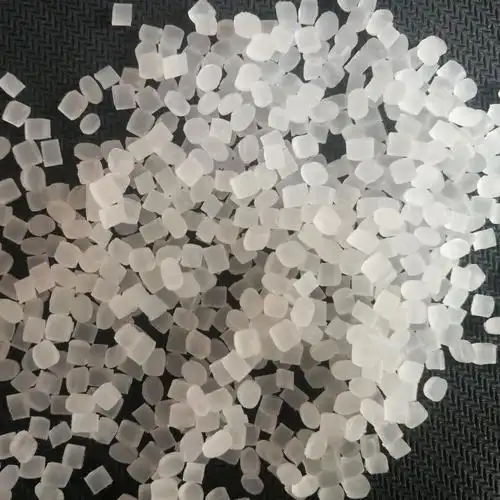
5. Thermoplastic Copolyesters (TPCs)
TPCs, also called copolyester elastomers (COPE), are high-performance TPEs with a polyester backbone. They’re prized for their thermal stability and chemical resistance, making them ideal for demanding environments.
Key Properties:
High heat resistance (up to 140–150°C).
Excellent chemical resistance to fuels and oils.
Good mechanical strength and creep resistance.
Moderate elasticity compared to TPUs.
Applications: Automotive hoses, electrical connectors, and industrial belts.
My Experience: I used a TPC for an automotive fuel line cover that needed to withstand 130°C and exposure to diesel. It held up where a TPU failed due to chemical degradation.
Pros: Exceptional heat and chemical resistance.
Cons: Higher cost and less flexible than other TPEs.
6. Thermoplastic Polyamides (TPAs)
TPAs, or polyamide elastomers, are less common but excel in applications requiring high strength and flexibility at extreme temperatures. They’re based on polyamide (nylon) chemistry with soft segments for elasticity.
Key Properties:
Excellent heat resistance (up to 150–170°C).
Good chemical resistance and toughness.
High fatigue resistance.
Limited softness compared to SBCs or TPUs.
Applications: High-performance cables, sports equipment, and aerospace components.
My Experience: I worked on a TPA-based cable sheath for an industrial robot. It handled repeated flexing at 150°C without cracking, where a TPU would’ve fatigued.
Pros: Durable in extreme conditions, high strength.
Cons: Expensive and less soft, limiting use in soft-touch applications.

Comparison of TPE Types
To help you visualize the differences, here’s a table summarizing the key characteristics of each TPE type, based on my experience and industry standards:
|
TPE Type |
Key Strengths |
Typical Applications |
Temperature Range |
|---|---|---|---|
|
SBC (TPE-S) |
Soft, cost-effective, easy to process |
Phone cases, grips |
-40°C to 100°C |
|
TPO |
Weather-resistant, tough |
Automotive trim, roofing |
-40°C to 120°C |
|
TPV |
Rubber-like, heat-resistant |
Seals, medical tubing |
-40°C to 135°C |
|
TPU |
Abrasion-resistant, tough |
Medical devices, shoe soles |
-40°C to 140°C |
|
TPC |
Heat and chemical resistance |
Automotive hoses, connectors |
-40°C to 150°C |
|
TPA |
High strength, extreme temperatures |
Cables, aerospace parts |
-40°C to 170°C |
Note: Temperature ranges are approximate and depend on specific grades.
How to Choose the Right TPE Type
Selecting the right TPE can feel overwhelming, but it comes down to understanding your application’s needs. Here’s how I approach it:
Define Performance Requirements:
Temperature: Will the part face high heat (e.g., 120°C+) or cold (-40°C)? TPVs, TPCs, or TPAs are better for extreme temperatures.
Flexibility: Need something soft and stretchy (e.g., Shore A 30)? SBCs or TPUs are ideal.
Durability: Abrasion or chemical resistance needed? TPUs or TPCs shine here.
Consider the Environment:
Outdoor use? Prioritize TPOs or TPVs with UV stabilizers.
Medical applications? Look for biocompatible TPUs or TPVs.
Automotive? TPCs or TPVs for heat and chemical resistance.
Check Processing Compatibility:
Injection molding or extrusion? SBCs and TPUs are easy to process.
Overmolding? Ensure the TPE bonds well to your substrate (e.g., SEBS for PP, TPU for PC).
Balance Cost and Performance:
SBCs are budget-friendly but limited in high-heat applications.
TPVs and TPCs cost more but deliver in demanding environments.
I once helped a client choose between a TPU and a TPV for a medical tubing application. The TPU was cheaper and biocompatible, but the TPV’s superior heat resistance during sterilization made it the better choice.
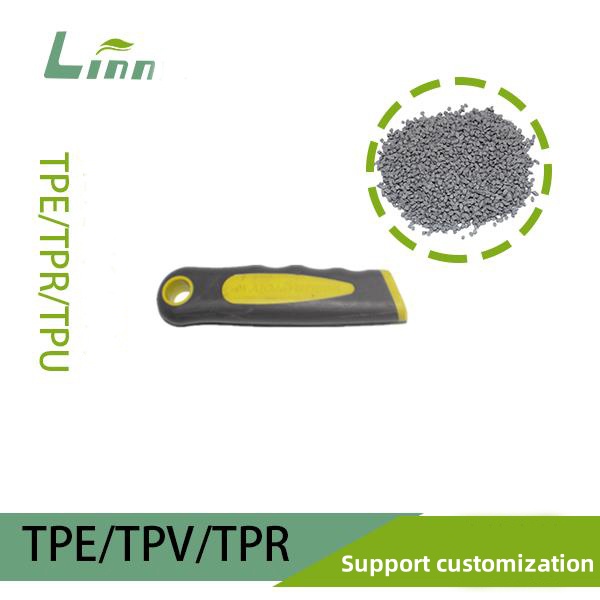
Common Challenges with TPEs
Each TPE type has its quirks, and I’ve run into plenty over the years:
SBCs: Can yellow or degrade under UV exposure without stabilizers. I’ve seen outdoor grips turn brittle after a summer.
TPOs: Limited adhesion to non-polyolefins can cause delamination in overmolding. A compatibilizer fixed this in one project.
TPVs: Higher cost can be a dealbreaker for budget-conscious projects. We once switched to a TPO to cut costs without sacrificing too much performance.
TPUs: Sensitive to moisture, which can cause bubbles during processing. Proper drying is a must.
TPCs/TPAs: Their stiffness can limit use in soft-touch applications, and their cost can be prohibitive.
Real-World Example: Picking the Right TPE
Let me share a story from a project I worked on for a consumer electronics company. They needed a TPE for a smartwatch band that was soft, durable, and resistant to sweat and UV light. Here’s how we narrowed it down:
Initial Choice: We started with an SBC (SEBS) for its softness and low cost. But during UV testing, it yellowed within weeks.
Switch to TPU: We tried a polyether-based TPU, which offered better sweat resistance and clarity. It passed biocompatibility tests but struggled at 100°C during accelerated aging.
Final Choice: We settled on a TPV with a UV stabilizer package. It was pricier but met all requirements—softness, durability, and resistance to sweat and heat.
The client was thrilled with the final band, which felt great on the wrist and held up through rigorous testing.
Tips for Working with TPEs
Here are some practical tips from my years in the field:
Consult the Technical Data Sheet (TDS): Always check the TDS for properties like Shore hardness, temperature range, and adhesion data.
Run Small-Scale Tests: Before full production, test the TPE with your specific substrate and processing conditions.
Work with Suppliers: Companies like Kraton, Dow, or BASF can recommend grades or customize formulations. I’ve leaned on suppliers to solve tricky adhesion issues.
Optimize Processing: Use recommended melt and mold temperatures to avoid degradation or defects. For example, TPUs often need drying to prevent moisture issues.
Test for Real-World Conditions: Simulate heat, UV, or chemical exposure to ensure the TPE performs as expected.
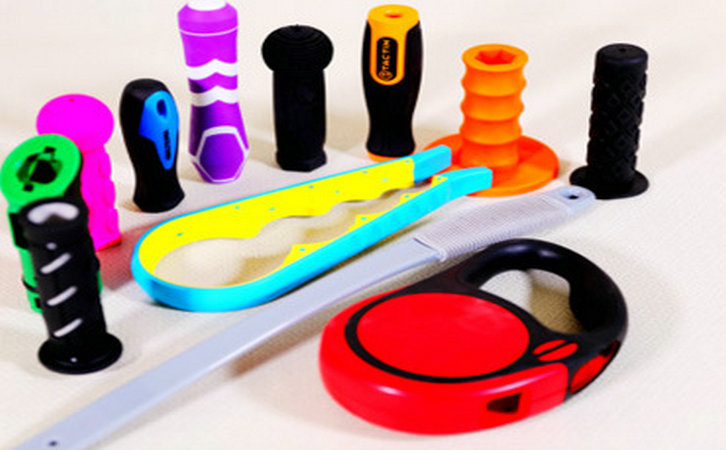
Closing Thoughts
TPEs are a diverse and powerful family of materials, each type offering unique benefits for specific applications. Whether you’re drawn to the affordability of SBCs, the toughness of TPUs, or the heat resistance of TPCs, understanding their differences is key to making the right choice. My years working with TPEs have shown me that success lies in matching the material to the job, testing thoroughly, and collaborating with suppliers to fine-tune formulations.
If you’re embarking on a TPE project, take the time to evaluate your needs and test your options. It’s better to spend a little extra upfront on the right material than to deal with failures down the line. Got a specific TPE challenge? Feel free to dig into the data sheets or reach out to a supplier—they’re often as passionate about these materials as I am.
Related Questions and Answers
Q: Can I use an SBC for high-temperature applications?
A: SBCs are generally limited to 80–100°C. For higher temperatures, consider TPVs, TPCs, or TPAs, which can handle 120–170°C depending on the grade.
Q: Why does my TPE peel off during overmolding?
A: Poor adhesion often stems from incompatible materials or improper surface preparation. Ensure the TPE is formulated for your substrate (e.g., TPU for PC) and clean the substrate thoroughly.
Q: Are TPEs recyclable?
A: Yes, most TPEs are recyclable as thermoplastics. TPOs and TPVs are especially easy to recycle, but check with your supplier for specific guidelines.
Q: How do I choose between a TPU and a TPV for medical tubing?
A: TPUs are great for biocompatibility and clarity, while TPVs excel in heat resistance and elasticity. Test both under sterilization conditions to see which performs better.
Q: What’s the softest TPE available?
A: SBCs can go as low as Shore 00 10, making them the softest. TPUs can also be formulated for low hardness but are typically firmer than SBCs.





